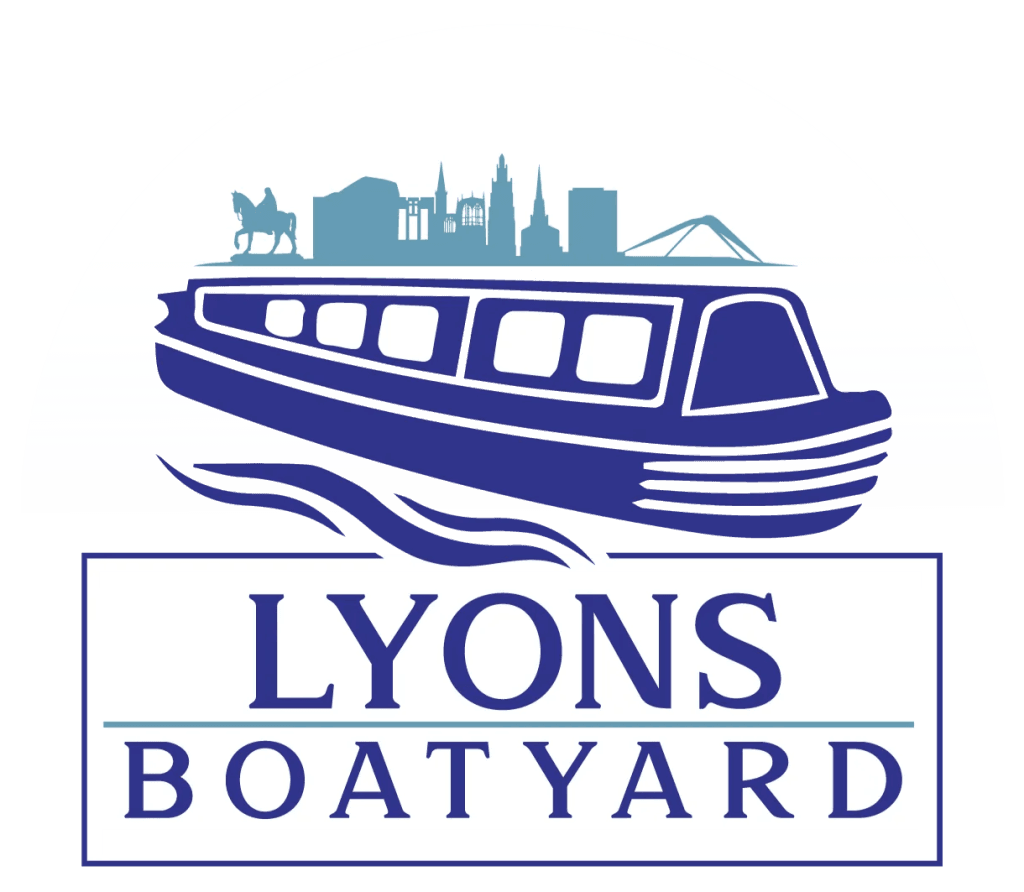If you are planning to hire a narrowboat for your next holiday, then you will have a wonderful journey of discovery ahead of you. You will find a whole new way of life as you observe the workings of our heritage canal system from the inside, getting to grips with locks and bridges, not to mention all of the wonderful wildlife of the waterways.
You may even encounter some historic examples of working narrowboats, that are a legacy of the era when the canals were the arteries of the industrial revolution. In the heyday of the Canal Age between 1760 and 1840, Britain’s 2,000 miles of canals carried commercial boats loaded with coal and goods 24 hours a day. Here’s how to spot a legacy canal boat.
Livery
The colour scheme that a working boat is painted with is referred to as a livery. This made it easy to identify the boat and its carrying company from a distance. The Grand Union Canal Carrying Company (who operated on the principle Grand Union Canal between the Midlands and London) had four liveries, to represent the main company and its subsidiaries.
These included the two-tone green livery of the original company, followed by a two-tone blue and then a regal red, white and blue livery to celebrate the coronation of King George VI in 1937. By this time, there was significantly less demand for canal boat transport because most goods were now moved by rail.
Registration number
All narrowboats have to be licenced and registered, and working boats displayed the town where they were registered along with the registration number on the side of the cabin. This was a legal requirement of the Canal Boats Act 1877, which also gave local authorities the power to inspect boats to make sure they were fit for human habitation.
The act was brought to Parliament by the campaigner George Smith, who made personal sacrifices to improve the lives of canal boat children. It restricted the age at which they could sleep or work on the boat, and required that all children received a basic standard of education.
Gunwales
The gunwale is the upper edge of planking on the side of the boat, and gained its name from military ships that had reinforced sides to help them withstand the extra strains of gunfire. This feature can be seen on working barge boats, either as a solid strip of metal or wood that continues around the cabin.
Decorative cabins
The cabins of working boats were usually highly decorative, featuring examples of English Folk art. This is a realistic and naive style of painting that features naturalistic scenes such as castles, flowers, and landscapes. The cabin would also feature decorative signwriting to display the name of the carrying company and the fleet number and address.
